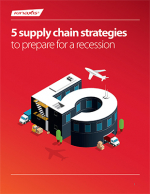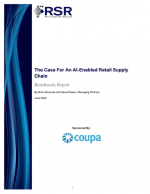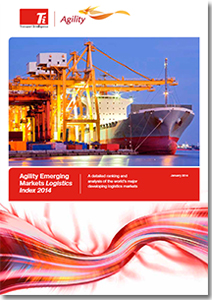The Agility Emerging Markets Index 2014
Since its inception in 2009, the Index has tracked the rise of the emerging markets, firstly in the wake of the economic downturn and then throughout a period of global recovery.
This past Monday (January 20th) saw the release of the fifth annual Agility Emerging Markets Logistics Index, which we here at Ti create on behalf of Agility.
The Index itself ranks 45 emerging economies from all across the world in terms of their potential as a future logistics market, using economic and trade lane data and measuring infrastructure development and social indicators to uncover the forces driving growth in these economies and their logistics sectors.
The index also uses a survey to really dig into the thoughts and opinions of industry executives with experience of these markets – focusing in particular on where they see the best potential for growth and what they think are the keys to success in these rapidly developing markets.
Over the five year history of the Index we’ve been able to refine its scope and develop methodologies which make the best use of data, and we’ve also been able to construct a survey that elicits some incredible insights from industry practitioners. The 2014 Index is the first I’ve had a chance to work on, and with my contribution focusing primarily on the survey, it really highlighted to me (and hopefully you, dear reader) just how powerful a well-constructed survey can be as a research tool. This is especially true in the case of a subject as broad and dynamic as logistics in emerging markets.
One great example of this insight is how opinions of China are developing. No country really comes close to challenging China as either an origin or destination of air and sea cargo, but that’s almost to be expected given how significant China’s manufacturing base has become. What we couldn’t have known without the survey is that 64% of the executives that took part agreed that production is shifting away from China, that Vietnam is perceived as the biggest beneficiary of this shift, or that more logistics service providers are planning to make investments in Latin America than in China.
It’s the ability to generate insights such as these, which are nearly impossible to accurately divine from statistical data alone, which make surveys such an important part of many of our research projects here at Ti. It’s also this same reason which makes me, and others here, such a proponent of their use.
What’s Related




Favorites





